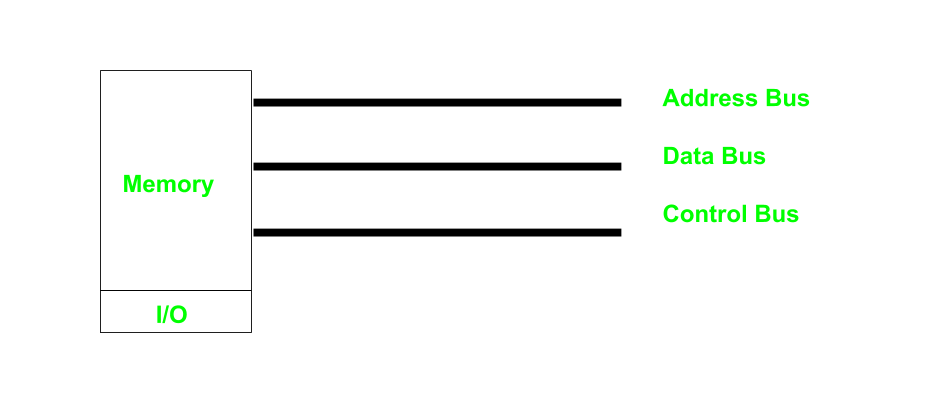
#Memory mapped io windows
Windows allows you to have many different mappings against Tagname, if specified and not None, is a string giving a tag name for Size of the file, except that if the file is empty Windows raises anĮxception (you cannot create an empty mapping on Windows).

If length is 0, the maximum length of the map is the current Than the current size of the file, the file is extended to contain lengthīytes. (Windows version) Maps length bytes from the file specified by theįile handle fileno, and creates a mmap object. mmap ( fileno, length, tagname=None, access=ACCESS_DEFAULT ) ¶ To map anonymous memory, -1 should be passed as the fileno along with the length. Memory-mapped I/O uses the same address space to address both memory and I/O devices.Changed in version 3.7: Added ACCESS_DEFAULT constant. Memory-mapped I/O (MMIO) and port-mapped I/O (PMIO) are two complementary methods of performing input/output (I/O) between the central processing unit (CPU) and peripheral devices in a computer. The 8085 supports up to 256 input/output (I/O) ports, accessed via dedicated Input/Output instructions-taking port addresses as operands. Modern processors have larger (4G or larger) address spaces so that this is no longer an issue. Very old processors often included I/O mapped device support because the memory address space was so small (often 65,536 bytes or less) that I/O addressing provided a way to preserve memory address space for actual memory. Why do most computer systems use memory mapped I O? Memory is often classified as registers, cache memory, main memory, hard disk, floppy disk, and tapes. The memory in the memory hierarchy of a computer system is used to store information, instructions, and data that will be used by the computer system. An implementation example is the I/O Acceleration Technology. DMA can offload expensive memory operations, such as large copies or scatter-gather operations, from the CPU to a dedicated DMA engine. What type of operations is DMA used to accelerate?ĭMA can also be used for "memory to memory" copying or moving of data within memory. Another advantage: in programmed I/O, the system cannot be under two I/O transfers. The processor has to temporarily halt it's work in programmed I/O, whereas in interrupt I/O, the processor continues to perform and only halts when interrupt is received. What are the advantages of interrupt i/o Over Programmed I O?

Use one common bus for Memory and I/O with common control lines(This method is named as Memory-Mapped Input/Output method). What common bus is used for memory and I O with common control line? The control signals used are MEMR and MEMW. In this type, the I/O devices are treated as memory locations. Memory mapped I/O is an interfacing technique in which memory related instructions are used for data transfer and the device is identified by a 16-bit address. The devices have to deal with fewer address lines The devices connected using I/O mapping have a bigger buffer space The former offers faster transfer of data The advantage of I/O mapped devices to memory mapped is What is the advantage of I O mapped devices over memory mapped I O? The Input-Output device data are also given to the Arithmetic Logical Unit. Any instructions related to memory can be accessed by this Input-Output device. We allocate a memory address to an Input-Output device. Simpler logic is used as I/O is also treated as memory only. It is complex due to separate separate logic is used to control both. What are the main differences between memory mapped I O and programmed mapped I O?ĭifferences between memory mapped I/O and isolated I/O – Isolated I/O Advantages include: Many operations, especially I/O intensive operations, can be faster since content does need to be copied between kernel space and user space. There are advantages and disadvantages to using memory-mapped I/O. What is the difference between memory mapped I O and I O mapped IO state the advantages and disadvantages?


The interfaced devices are accessed by the I/O read or I/O write cycles. The interfaced devices are accessed by the memory read or memory write cycles. The I/O devices are treated as I/O devices and the memory is treated as memory.


 0 kommentar(er)
0 kommentar(er)
